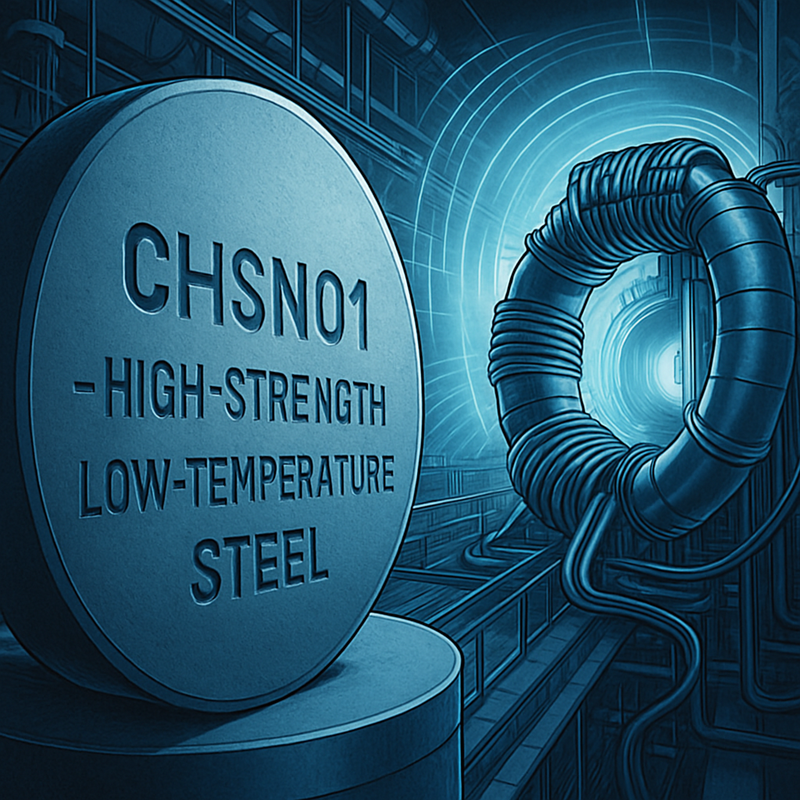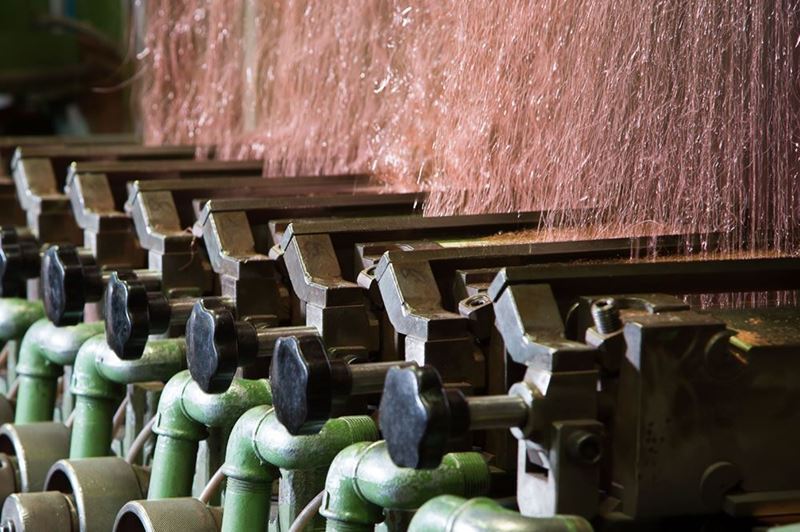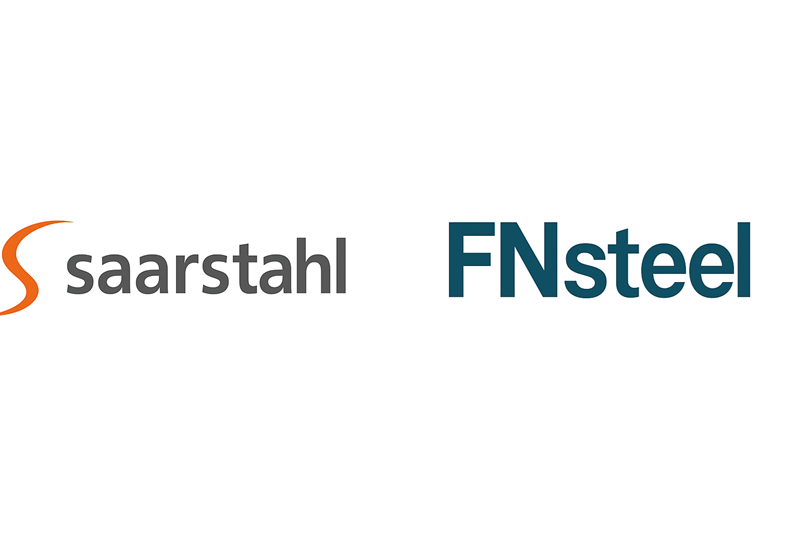Nuclear fusion reactors use superconducting magnets that operate at temperatures close to absolute zero. These systems are subjected to intense magnetic fields and mechanical stress. This increases the need for structural materials that can remain strong and stable under both extreme cold and high stress. For decades, scientists have been trying to develop a material that can withstand these two challenging conditions at the same time.
This is where CHSN01 comes into play, with its ability to withstand 20 Tesla magnetic fields and 1,300 MPa pressure. This steel, which has been developed for more than a decade, is designed to meet the structural requirements of superconducting magnets used in nuclear fusion reactors.
CHSN01 aims to go beyond existing international fusion projects such as ITER, stated Li Laifeng, a researcher at the Technical Institute of Physics and Chemistry of the Chinese Academy of Sciences.
When Li introduced CHSN01 at the International Cryogenic Materials Conference in the US in 2017, many foreign experts were of the opinion that it was impossible to go beyond the current ITER standard of 316LN steel. However, Chinese researchers overcame these prejudices and successfully developed CHSN01.









Comments
No comment yet.